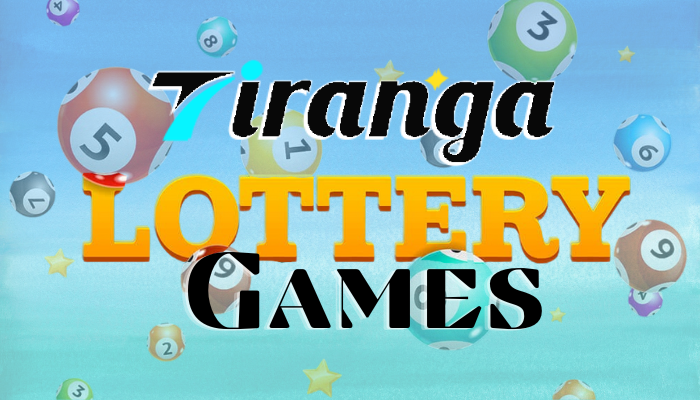Tiranga, the tricolor flag of India, holds immense cultural and historical significance, symbolizing the nation’s unity, diversity, and independence. In the context of color trading, Tiranga represents not just a combination of colors but a powerful emblem that resonates with millions. This article delves into the symbolism of Tiranga, its influence on color trading, and how it reflects broader themes of identity and unity.
The Symbolism of Tiranga
The Indian flag, Tiranga, consists of three horizontal stripes of different colors:
- Saffron (Kesariya): The top band represents courage, sacrifice, and the spirit of renunciation.
- White: The middle band signifies peace, truth, and purity.
- Green: The bottom band symbolizes faith, growth, and fertility of the land.
- Navy Blue Ashok Chakra: The 24-spoke wheel known as the Ashok Chakra, in navy blue, symbolizes the eternal wheel of law and represents the dynamic movement of India.
Tiranga in Color Trading
In the realm of color trading, Tiranga serves as a source of inspiration for designers, artists, and creators worldwide. Its vibrant hues and deep symbolism are often incorporated into various design projects, logos, and artworks. Here’s how Tiranga influences color trading:
- Color Palette Inspiration: Designers draw inspiration from Tiranga’s color palette to create harmonious and meaningful color schemes for various applications. The combination of saffron, white, and green with navy blue provides a balanced yet impactful visual representation.
- Cultural Representation: Incorporating Tiranga’s colors in designs not only pays homage to India’s rich cultural heritage but also resonates with audiences globally who appreciate its aesthetic and symbolic value.
- Unity and Diversity: The tricolor of Tiranga reflects India’s unity in diversity, serving as a reminder of the nation’s pluralistic ethos and inclusive spirit. In a globalized world, this message of unity through colors transcends borders and cultures.
Applications and Usage
- Graphic Design: Tiranga-inspired color palettes are widely used in graphic design for creating posters, banners, and promotional materials. These designs often celebrate Indian festivals, events, and national holidays.
- Fashion and Textiles: Fashion designers incorporate Tiranga’s colors into clothing collections, textiles, and accessories, reflecting patriotic themes and cultural pride.
- Digital and Web Design: In digital media and web design, Tiranga’s colors are used to create visually appealing websites, apps, and user interfaces that resonate with Indian audiences.
Cultural Impact and Significance
- National Identity: Tiranga is a powerful symbol of India’s sovereignty, independence, and democratic ideals. It embodies the aspirations of millions and serves as a unifying force across diverse communities.
- Historical Legacy: The adoption of Tiranga as India’s national flag in 1947 marked a significant milestone in the country’s struggle for independence from British colonial rule. Its design reflects the vision of leaders like Mahatma Gandhi and Jawaharlal Nehru for a free and inclusive India.
- Global Recognition: Tiranga’s distinctive design and colors have gained global recognition and respect, symbolizing India’s cultural richness and contributions to the world.
Digital Tools and Resources
- Color Matching Apps: Tools like Adobe Color CC and Paletton allow users to create and explore color palettes inspired by Tiranga’s colors. These apps offer features for precise color matching, harmonization, and customization.
- Online Communities: Platforms like COLOURlovers and Color Hunt host communities of color enthusiasts who share and trade color palettes, including those inspired by Tiranga.
Conclusion
Tiranga, the tricolor flag of India, stands as a testament to the nation’s unity, diversity, and resilience. In the realm of color trading and design, Tiranga’s colors inspire creativity, celebrate cultural heritage, and foster a sense of national pride. Whether used in graphic design, fashion, or digital media, Tiranga’s colors continue to influence and resonate with audiences worldwide, embodying the spirit of a vibrant and dynamic nation.

